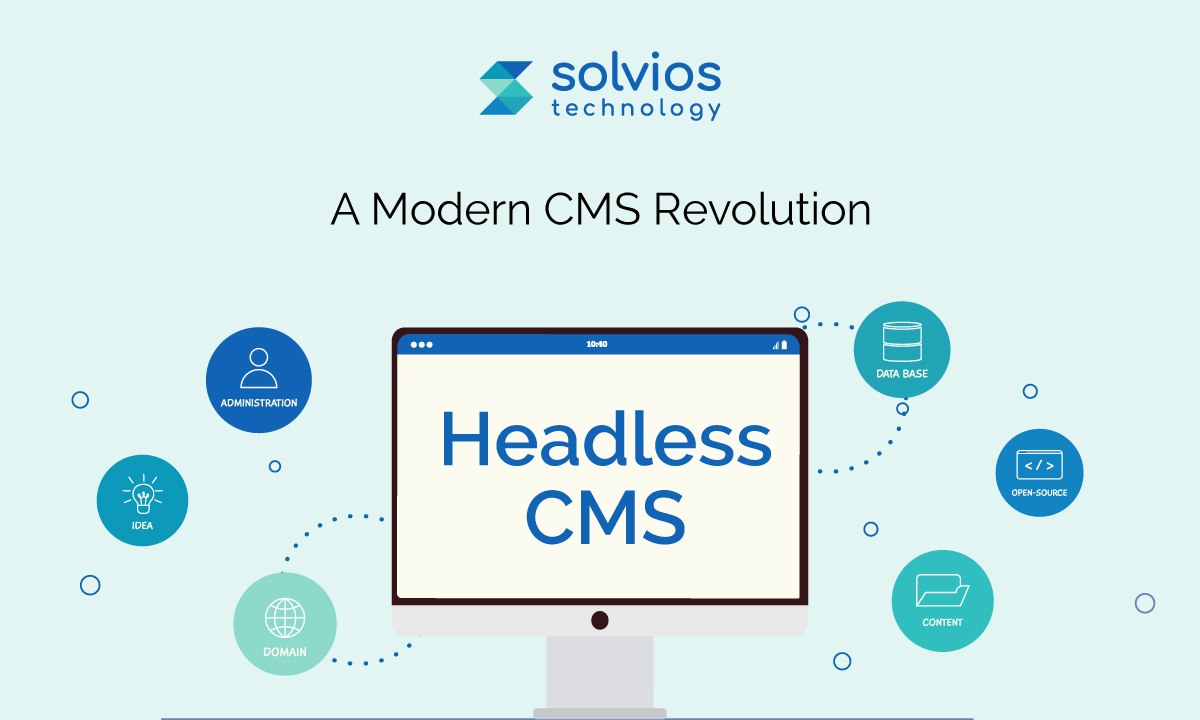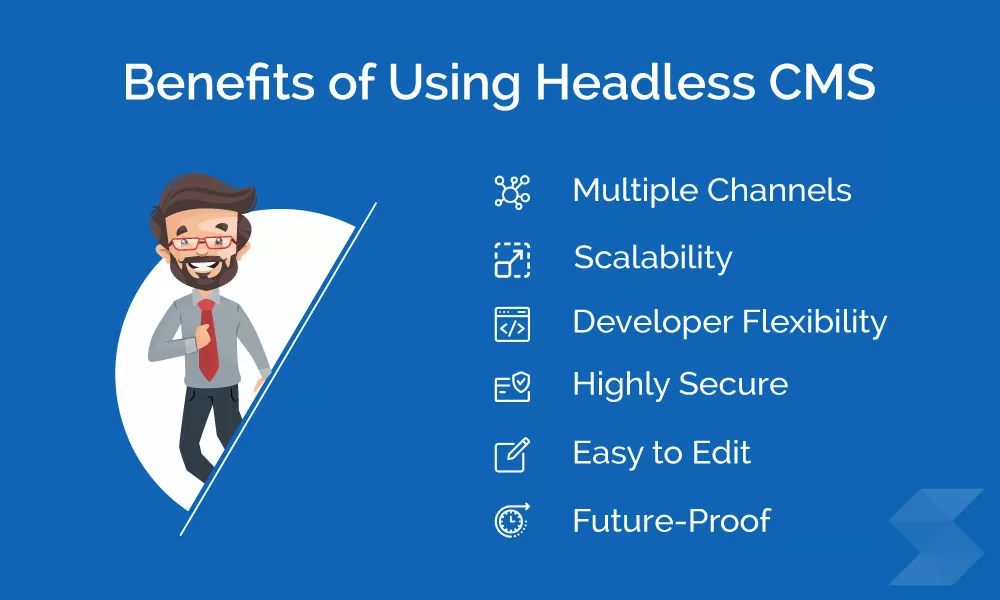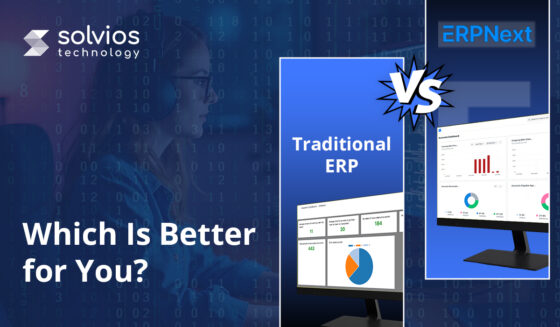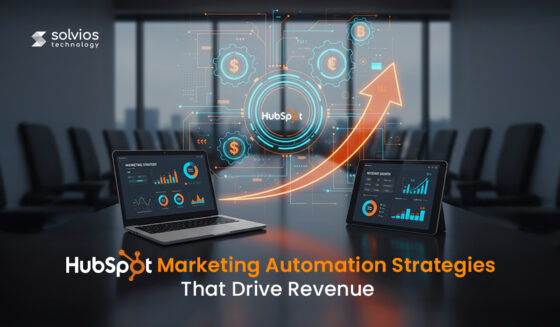
Traditional CMS architecture was considered the standard of web development, but now things have changed in today’s digital era. The evolution of digital channels and devices has increased the necessity of having an agile and flexible solution in web development.
As the traditional CMS has failed to keep up with the pace of digital evolution, the upgraded headless CMS solution was born. Headless CMS solutions are trending and considered the evolutionary next step for traditional CMS. A headless content management system (CMS) allows you to manage all the content and empowers you to deploy the content across any front-end platform.
The headless CMS platform is one of the most popular on-premise software systems in developed nations. Companies using headless CMS software witnessed a 45% growth in usage because of better customer satisfaction. According to webinar care, the global headless CMS market value will reach USD 116.2 billion by 2025, growing at a 13.3% CAGR.
This article elaborates in detail on how a headless CMS solution increases the agility and scalability of an enterprise.
What is a Headless CMS Solution?
A headless CMS is a type of CMS (Content Management System) that removes the bond between the content repository and the presentation layer. This allows users to pull unformatted content from the repository and deliver it to the available channels and platforms.
What Is Headless CMS?
Learn MoreHow does a headless content management system work?
The headless content management system provides content without coupling it with any particular output or back-end operation. Instead, the content is provided as raw information without formatting through headless CMS APIs. Headless CMS is unconcerned about how and where content is displayed to end users because there are no restrictions on the front-end delivery layer.
With the presence of headless CMS APIs, the unformatted content is free to be published anywhere. Since the headless CMS removes the front-end part of the website, the existing CMS would act as a content-only data source. As a result, CMS is 100 percent pure, simple, and easy to customize.
Breaking Down The Benefits of Using Headless CMS

- CMS for multiple channels: If the headless CMS is done right without any tie to any single presentation, then the content can reach more audiences through multiple channels. Also, data administrators can have full control over the content being shared across channels from the same place.
- Scalability: Headless CMS enables websites to use managed content as the single source of truth.This enables developers to send the right content to all website modules, ensuring their high performance. It will be a huge benefit for developers to build high-performing applications and websites on cloud-based hosting.
- Developer Flexibility: A headless CMS is more versatile since it uses headless APIs for communicating digital content across the website. Because of that, developers have the freedom to choose the desired front-end tools according to the programming languages they choose to work with.
- Highly Secure: Since the headless CMS solution decouples the link between the content management system and the presentation layer, it is difficult for intruders and hackers to steal the website’s information. At the same time, data administrators, business leaders, and the data holding areas are placed entirely separate from the front-end development area. Even IP access to CMS is restricted, which makes it highly secure.
- Easy to edit: Because the headless CMS has no connection between the CMS and the front-end development, developers have complete freedom in selecting a specialized tech stack for developing the website front-end.This gives them a significant advantage over traditional CMSes, as their architecture forces them to edit and render content whenever changes are made in front-end development.
- Future Proof: Headless CMS APIs are specifically designed with the future in mind. Those APIs can communicate with any new device or channel that has been established recently. The headless CMS architecture doesn’t have any difficulties connecting with the new and innovative devices that hit the market.
With Headless CMS, you can now increase the agility and scalability of your website.
Since its introduction, CMS has created two waves in the market: the first creates a plethora of new possibilities for developers to use efficient websites. Now, we are in the second wave, which makes all those possibilities widely achievable. With the arrival of headless CMS, delivering great results is no longer complicated.
Headless CMSs give developers the ability to build highly flexible, highly functioning content delivery channels, offering a better user experience for the developers. Also, it allows developers to deploy new content and websites, and achieve a better user experience quicker than ever.
On the other hand, the headless CMS platform provides the sophistication of serverless hosting capabilities along with built-in SaaS tools. With all that sophistication, developers can deliver highly scalable and high-performing websites. Moreover, there won’t be any need for specialists to set up a headless CMS infrastructure.
It’s True: The Headless CMS Solution Lands A Wide Scope for the Web World
Modern businesses require a complete solution that can deliver the needed flexibility and scalability to tackle the evolving market conditions and the demands of new-generation consumers. A headless CMS solution would be the right option because, apart from meeting all those expectations, headless CMS architecture offers seamless management of data across multiple platforms. It allows developers to build web applications easily and is suitable for storing, accessing, editing, and publishing content.
Say ‘No’ to heavy-weight CMSs.
Contact Our Experts Now!Tags
Related Blog
Want to get started with App Development?
These applications are acquiring enormous prevalence by offering hands-on enterprise mobility solutions for organizations around the globe.
Start A Conversation
















